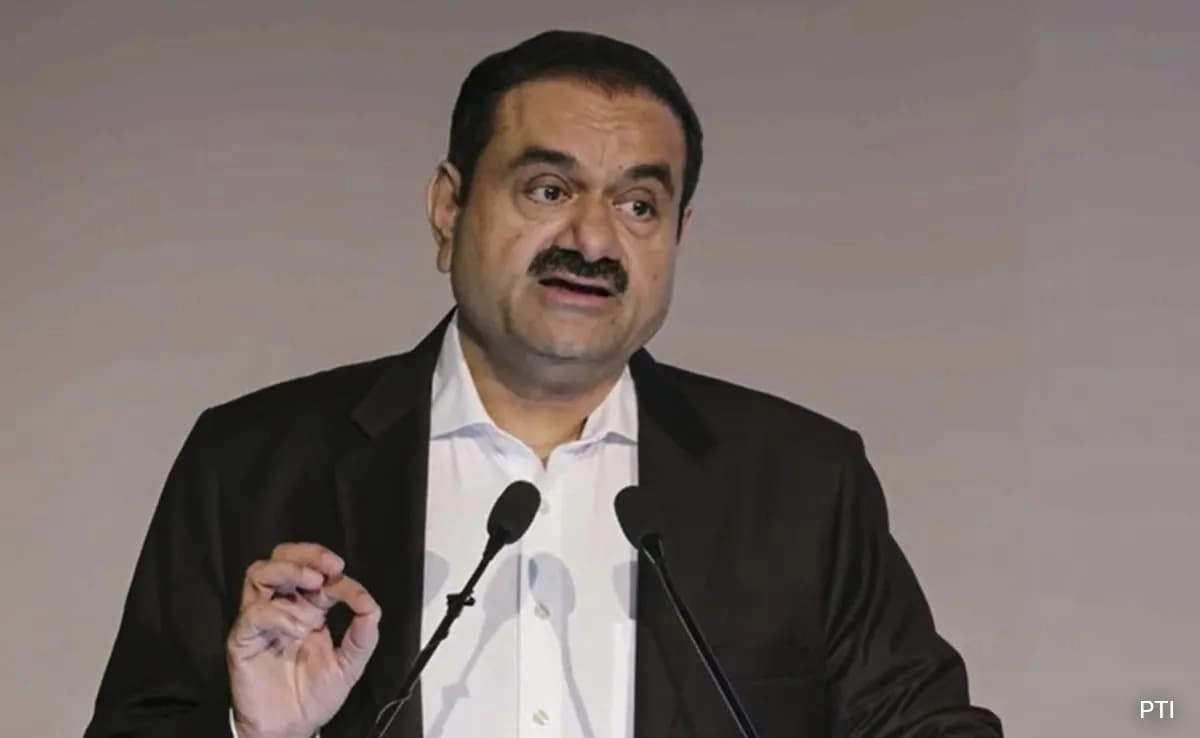In a significant development in the ongoing efforts to combat Maoist insurgency in India, a total of 71 Maoists have surrendered in Chhattisgarh. Among these individuals, 30 are reported to have been carrying substantial bounties, totaling Rs 64 lakh, on their heads. This mass surrender marks a pivotal moment in the state’s ongoing struggle against the Maoist movement, which has been a persistent challenge in various regions of India, particularly in the central and eastern parts of the country. The surrender of these individuals not only highlights the effectiveness of government initiatives aimed at rehabilitating former militants but also signifies a potential shift in the dynamics of the insurgency.
The surrendered Maoists, who have laid down their arms, are emblematic of a broader trend where individuals are increasingly opting to abandon the violent path associated with the Maoist ideology. Officials attribute this shift to a combination of factors, including sustained pressure from security forces, ongoing developmental initiatives in formerly Maoist-affected areas, and a growing sense of disillusionment with the movement itself. Many of those who surrendered have expressed a desire to reintegrate into society and contribute positively to their communities, a goal that is supported by various government programs designed to facilitate their rehabilitation.
This development could also indicate a weakening of Maoist influence in the region, as more individuals choose to step away from the armed struggle. The presence of such a significant number of high-bounty Maoists among those who surrendered suggests that the security forces’ efforts to dismantle the leadership and operational capabilities of Maoist groups may be gaining traction. As the state government continues to enhance its counter-insurgency strategies and community outreach programs, the hope is that more individuals will follow suit and abandon the path of violence.
The implications of this mass surrender extend beyond immediate security concerns. It reflects a growing awareness among the local population about the destructive nature of the Maoist movement and the potential for peaceful development. As the government intensifies its focus on infrastructure development, education, and healthcare in these regions, it is crucial to create an environment where former militants can find meaningful opportunities for reintegration. The future of Chhattisgarh, and indeed many parts of India, may depend on the successful transformation of these individuals from participants in violence to contributors to society.




